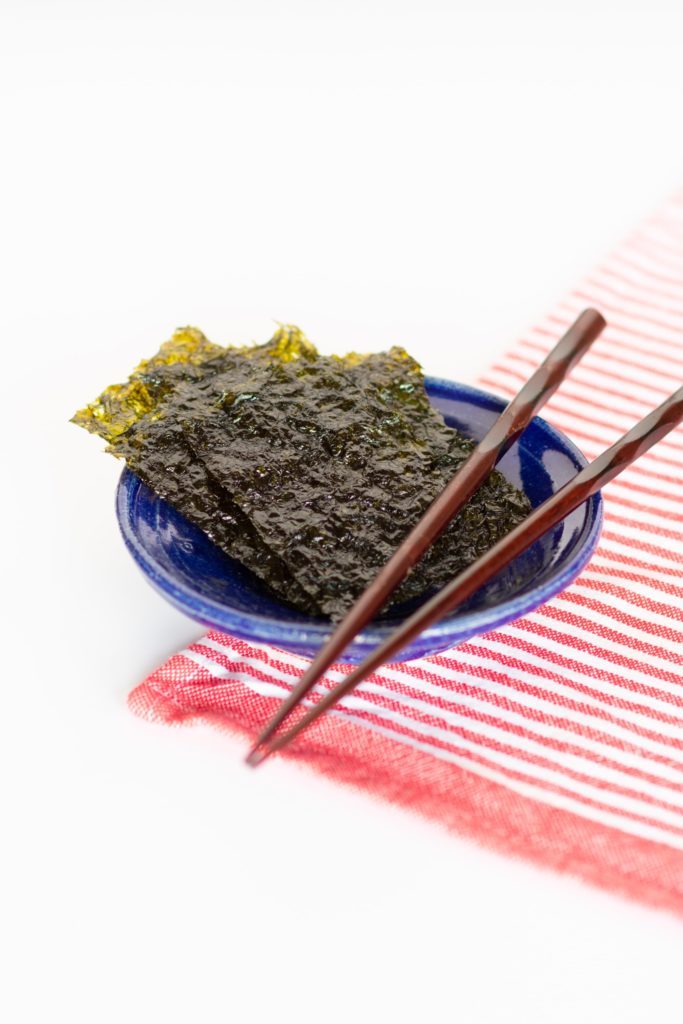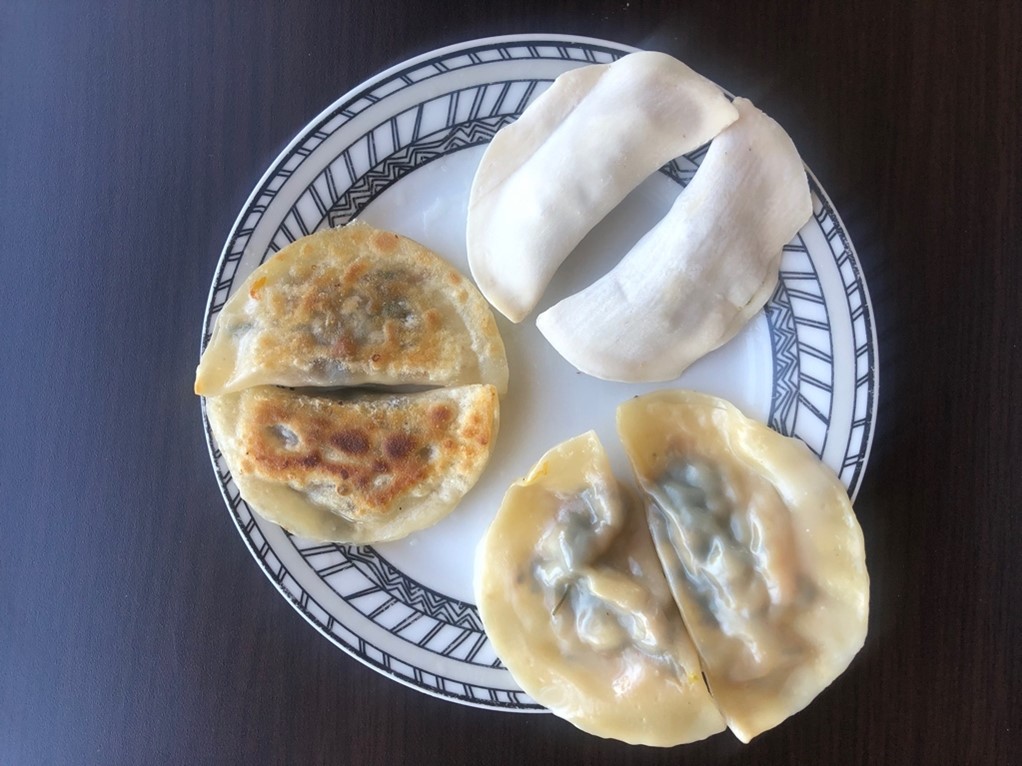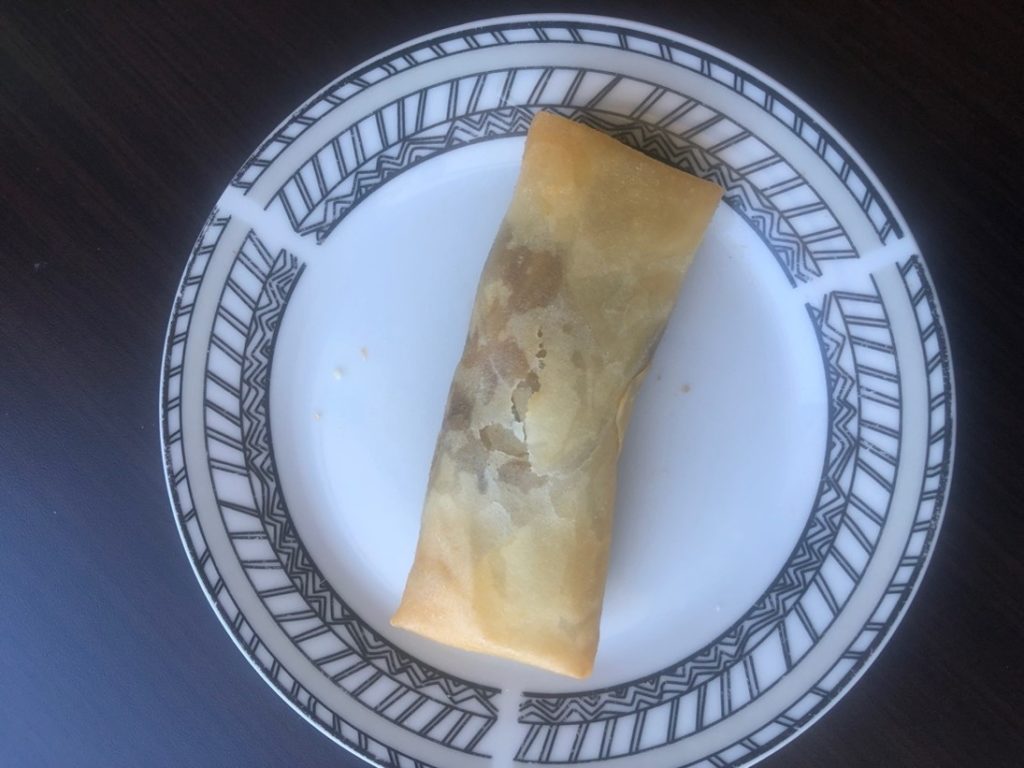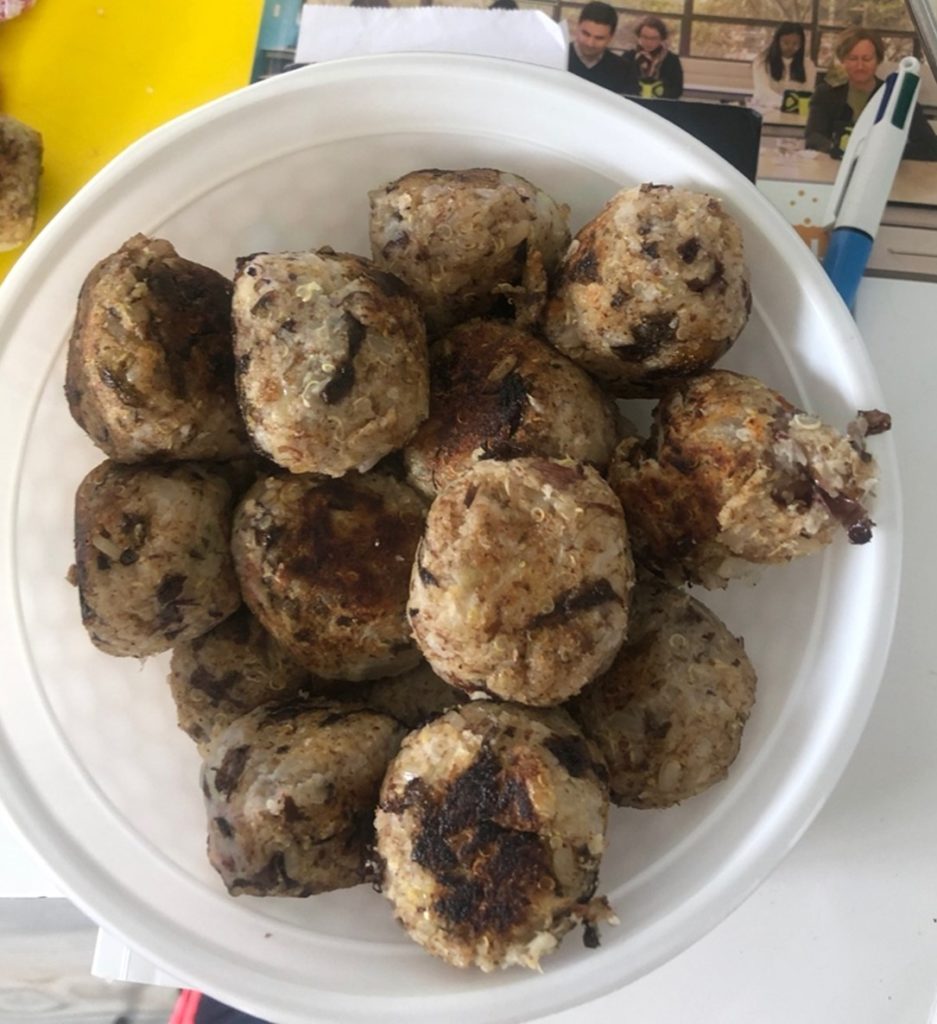Kia ora, my name is Savannah Dais. During the ’21-’22 summer break I completed an internship with the Consumer Dimensions of Future Foods (CDFF) programme, as part of the Feast team. This internship opportunity arose through the Pūhoro STEM Academy, of which I have been a member since 2016.
Seaweed: what is it?
The research aim of my internship was to develop prototypes for ‘future foods’, using edible red seaweed as an ingredient. Populations around the world have been harvesting red seaweed for food and medicinal uses for many thousands of years.
In Japan, it is known as ‘nori’, while the red seaweeds that are indigenous to Aotearoa New Zealand are collectively called ‘karengo’ (or ‘parengo’ in Eastern dialects). In Aotearoa, Māori traditionally harvested karengo from tidal rocks in spring and winter and used it as a winter food source. The karengo was dried with the salt on it and often kept for months for use as a ‘kinaki’ (relish).

Seaweed has health benefits
Seaweed provides nutrients, such as:
- Protein
- Fiber
- Polyunsaturated fats
- Phytochemicals
Seaweed is reported to help:
- Thyroid function
- Prevention of diabetes
- Gut health
- Weight loss
Wakatū Incorporation, one of the industry partners on the CDFF programme, is interested in the health benefits and consumer acceptance of eating karengo in different forms.
Product development: balancing foreign and familiar
In my project, I developed three different prototype foods using nori provided by the Cawthron Institute as a substitute for karengo:
- Dumplings
- Spring rolls
- Vegeballs
Seaweed is not a familiar product in the modern New Zealand diet, so the quantity of seaweed to include in these products required experimentation. I began with small amounts and increased quantities until the seaweed was visible and noticeable by taste and texture. Due to COVID-19 restrictions, consumer testing in the Feast laboratory was not possible. The consumers who tasted my products were 20 whānau members and acquaintances.
Seaweed dumplings are promising!
The dumplings were a great success, receiving feedback such as:
- “nice and appetising,”
- “would buy from the supermarket”
- “wanted more.”
This feedback is extremely promising for a future product.

Spring rolls are a whānau favourite
The spring rolls were the latest product developed within the experiment, but quickly proved to be promising. The spring rolls used the same filling as the dumplings. While I did not have time to collect consumer feedback for the spring rolls, they were a whānau favourite.

Vegeballs require further development
The vegeballs need some work but tasters enjoyed the idea of a vegeball. Consumers responded with contradicting feedback regarding the texture. Some consumers enjoyed the softness while others did not. Overall, consumers reported the vegeballs as bland. With a bit more experimenting, the desired texture and taste of the vegeballs can be achieved.

Optimistic future for seaweed foods
The use of seaweed as a food ingredients received feedback from consumers such as:
“Adds extra colour and flavour”
“A great healthy alternative for protein”
Overall, this feedback highlights opportunities for new product development with seaweed. The seaweed products I developed will be included in future consumer studies within the CDFF programme, to further collect of consumer responses on seaweed products.
Team work makes a difference in work quality
As a summer intern with CDFF project, I learned about working in a team. Clear communication and giving/receiving valuable feedback improved the quality of my work. This internship helped me to acquire team-work skills and the confidence to speak within groups.
I also presented my findings to Māori businesses (Wakatū Incorporation and Te Rūnanga o Ngāi Tahu) who are developing sustainable seaweed products for New Zealand and overseas markets. The experiences I shared during my internship will be beneficial for my future in the workforce. I also got a taste for seaweed!
Thank you to my supervisors Prof Joanne Hort and Dr Meika Foster and Massey University, High Value Nutrition and Pūhoro STEM Academy for making this research possible. Thank you to Cawthron Institute for providing the seaweed.

Are you interested in completing an internship with the Consumer Dimensions of Future Foods team? Please get in touch with one of our researchers!
Savannah Dais, 11 Feb 2022

This is a very interesting study Savannah. I like the idea of including such a nutrient dense food into my diet without it having to be in sushi. I look forward to seeing New Zealand made products including New Zealand harvested karengo available in the near future.
Hsv Solution for all,………………………